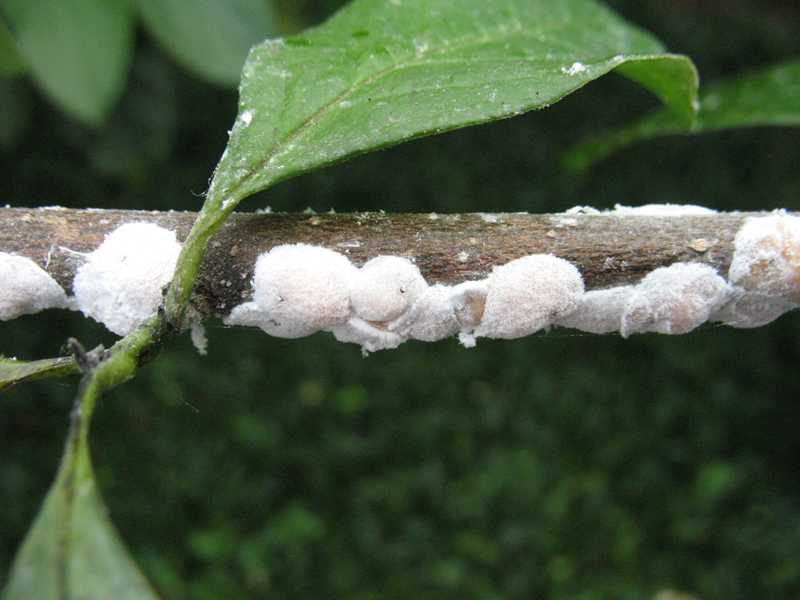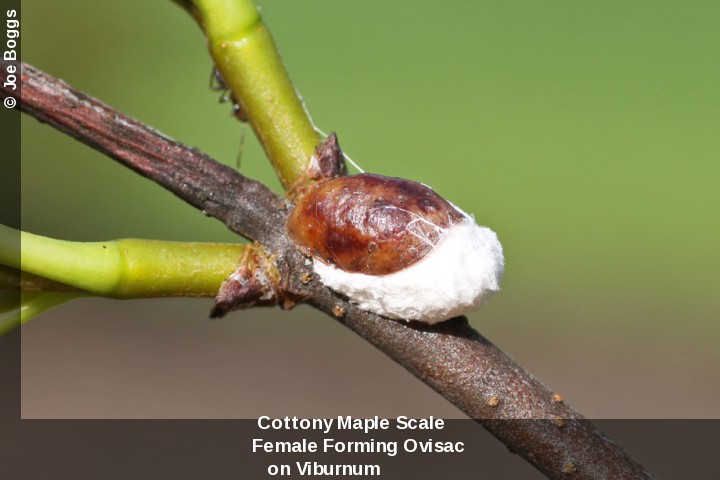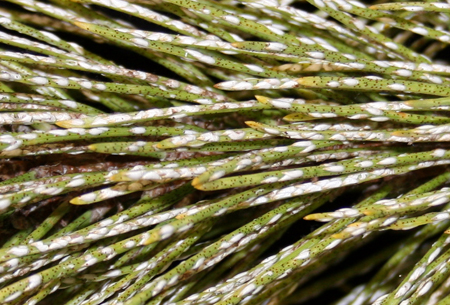Scale Insects



Magnolia scale
Cottony maple scale
Maple scale can often be found by buds of maple trees. These insects often do not look like the picture on the right side, as this is a picture of a puffed out female scale. This insect can blend into the branch and look like little bumps on the tree. They feed from the twigs of the tree sucking out essential nutrients and water. This kinds of insect can cause decline in trees with other stressing factors, but rarely is fatal.
The two insects outlined above are classified as heavy armored scales. They tend to be very difficult to control via direct spray applications. These pests are usually controlled with a systemic method such as trunk injections or base drenches.
Pine needle scale
This pest is not very common in pine trees, and only affects longer needle pine trees. Unlike the other two scale, this scale affects the needles or "food factories" of the tree. They feed in a similar way to spider mites. Pine needle scale are often found near the bottom of the tree rather than spread completely throughout like magnolia scale. The picture to the right shows a mass infestation of this insect. These are soft scale and can be controlled with spray applications or with a systemic approach.
MORE TO COME